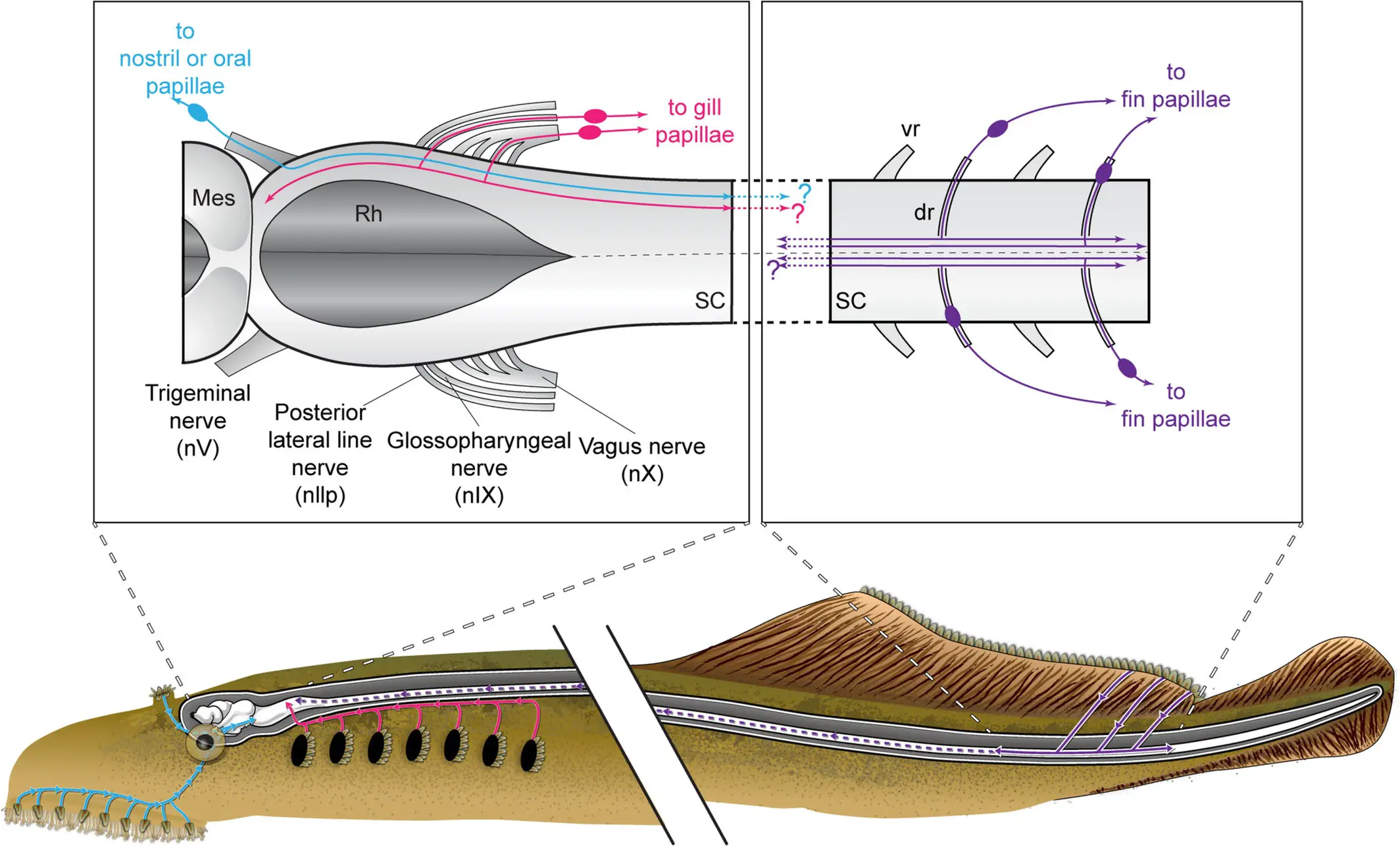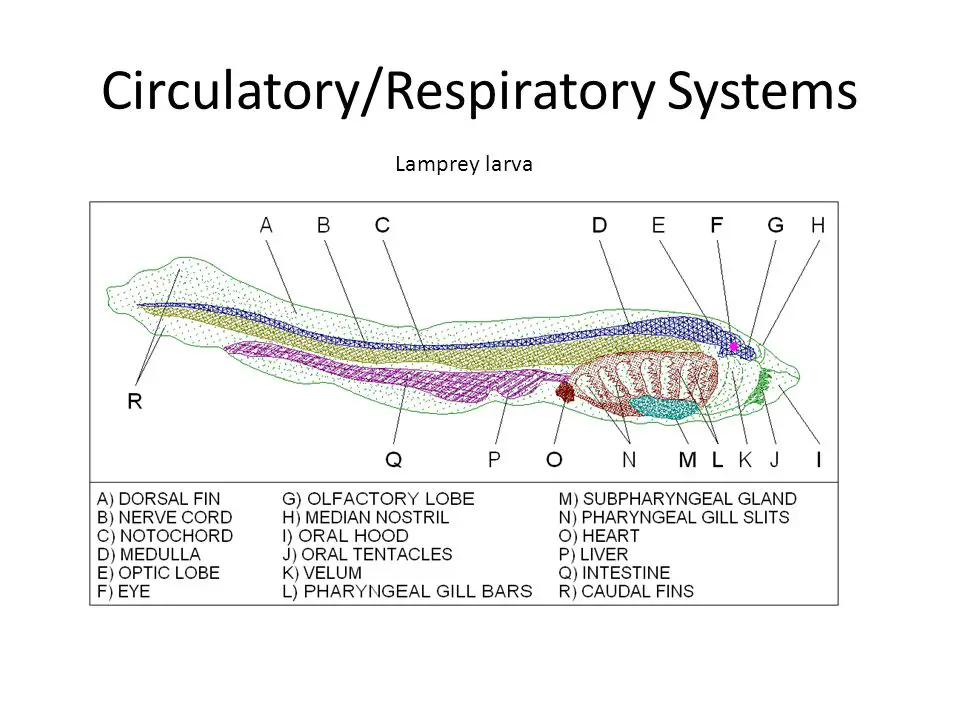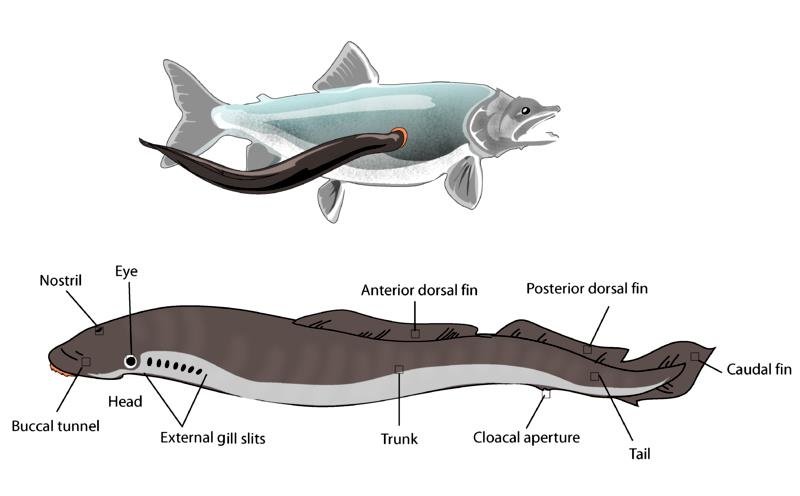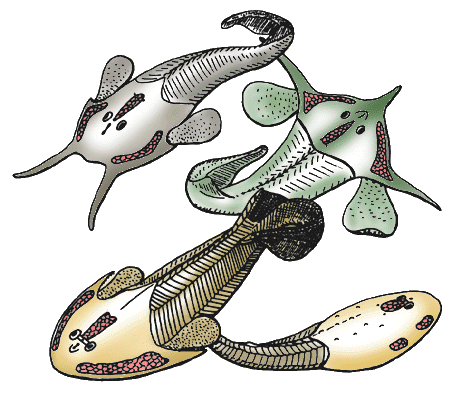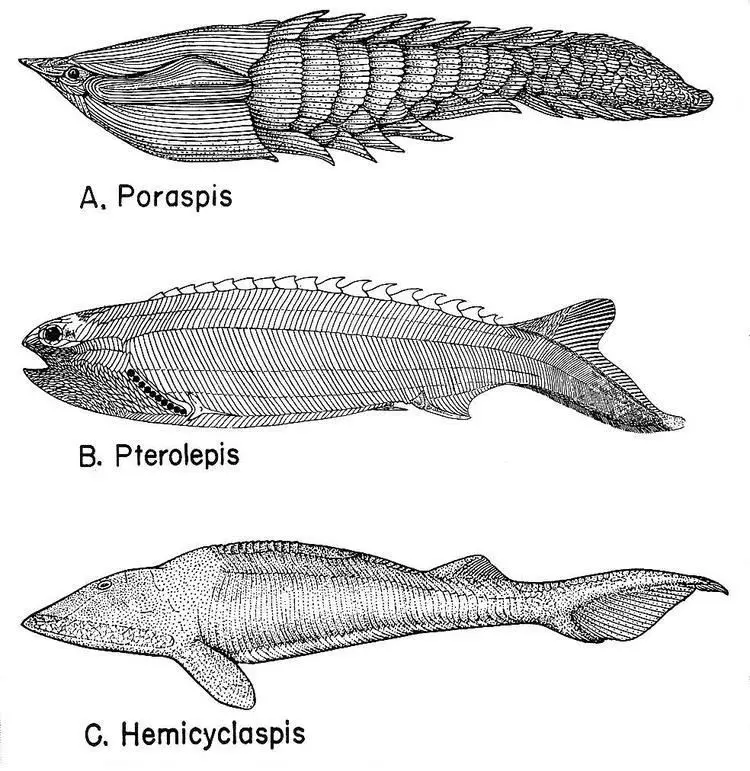Nervous System and Excretory System of Petromyzon
Nervous System of Petromyzon: In Petromyzon, the nervous system has a very primitive brain, the main region of the brain, cerebral hemispheres are two in number and they are much separated from each other. The forebrain has two large olfactory lobes, on the posterior region, the cerebral hemispheres are connected to the diencephalon, on the … Read more
